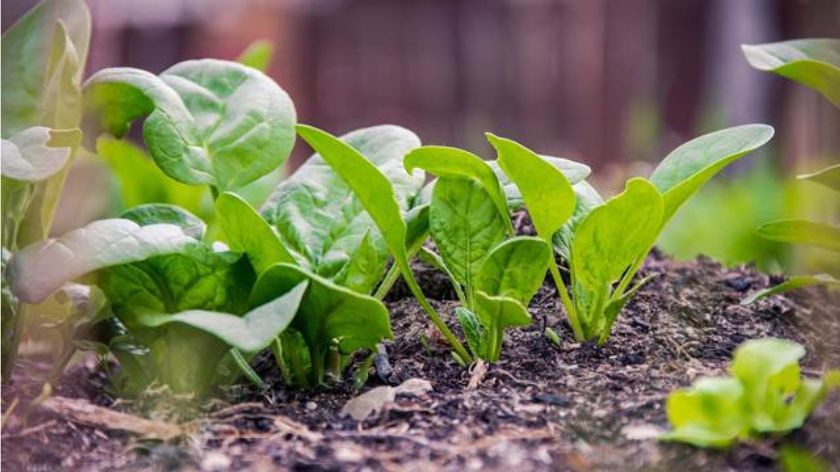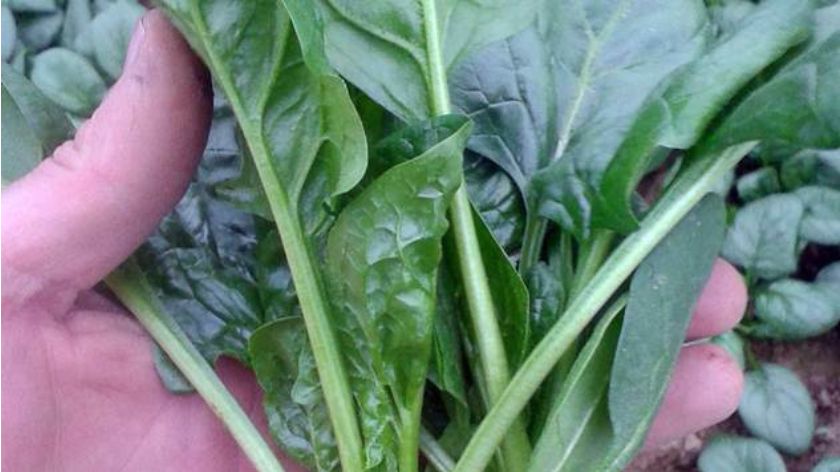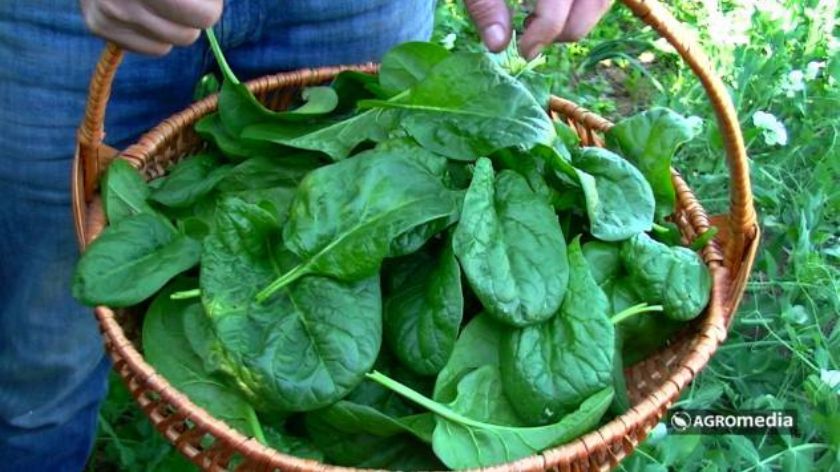Autumn sowing of spinach will allow you maximum results and an excellent yield with this culture. If you change the time of sowing spinach seeds just a little, and instead of spring, you decide to sow this healthy vegetable in autumn, then you can expect more of these tasty and healthy leaves.

Spinach is difficult to grow in regions where spring temperatures sometimes become unusually high. If the temperature is higher than average for only a few days, it can lead to excessive flowering of spinach, but reduced production of new leaves, and therefore shortens the harvest period.
There are many gardeners who have given up on growing this nutritious crop simply because of the unpredictable spring temperatures, but there is an easy way to overcome this challenge.
Move the sowing time of spinach
Many gardeners sow spinach seeds in early spring, as recommended on seed bags – but this spring-sown spinach often fails before you have a chance to harvest a decent crop of this green.
Young plants simply do not have enough time to grow before the weather and increased day length affect its flowering. For a stronger spinach crop, try sowing seeds in late summer or early fall.
Spinach planted during the fall and wintering in the garden gives much higher yields than seeds planted in the spring, and the production period is significantly longer. Spinach is a culture that prefers cool soil and lower air temperature. By sowing spinach in the fall, the plants will grow for the rest of the growing season, then overwinter and produce a huge crop the following spring.


Autumn sowing of spinach
Sowing spinach starts with sowing seeds about 3 cm apart, eight to ten weeks before the first autumn frost. Be sure to plant varieties that are resistant to low winter temperatures.
Water the seeds well, otherwise spinach will not germinate when soil temperatures are above 25 degrees Celsius, and frequent watering can help the soil and warm the soil. You can also make a shade around the area where the plant needs to germinate and you can do this with some cloth or umbrellas. This can help plants germinate faster and easier.
When the low autumn temperatures arrive, your young spinach plants will start to grow, and you can take advantage of this and harvest the baby spinach leaves. If you decide to harvest them, be sure to leave the crown of the plants intact.
Additional protection of spinach during autumn
Spinach is extremely resistant to winter. Even young plants can withstand temperatures that often fall below zero. With a little extra winter protection, your plants will survive the winter just fine.


To give them extra protection, cover the plants with some plastic bottles you have at home. You need to cut the bottle to make a sleeve to protect the plant, or put a frost and snow cover over the plants.
If you have had no success with growing spinach plants during the winter, it may be better to grow autumn crops of spinach in an unheated high tunnel. Also, overwintering spinach can be helped by placing straw or chopped autumn leaves around the plants at a height of about 10 cm. This will additionally heat these plants over the winter.
Practical tips for growing spinach
In early spring, remove plastic bottles or mulch, or move leaves and straw from plants and let them grow freely. And soon you’ll be able to enjoy thick, juicy leaves before high temperatures arrive and encourage the plants to bloom.
This technique allows you to be the first vegetable gardener at the market with fresh spinach leaves every spring.
Source: Hobby Farms
Source: www.agromedia.rs


